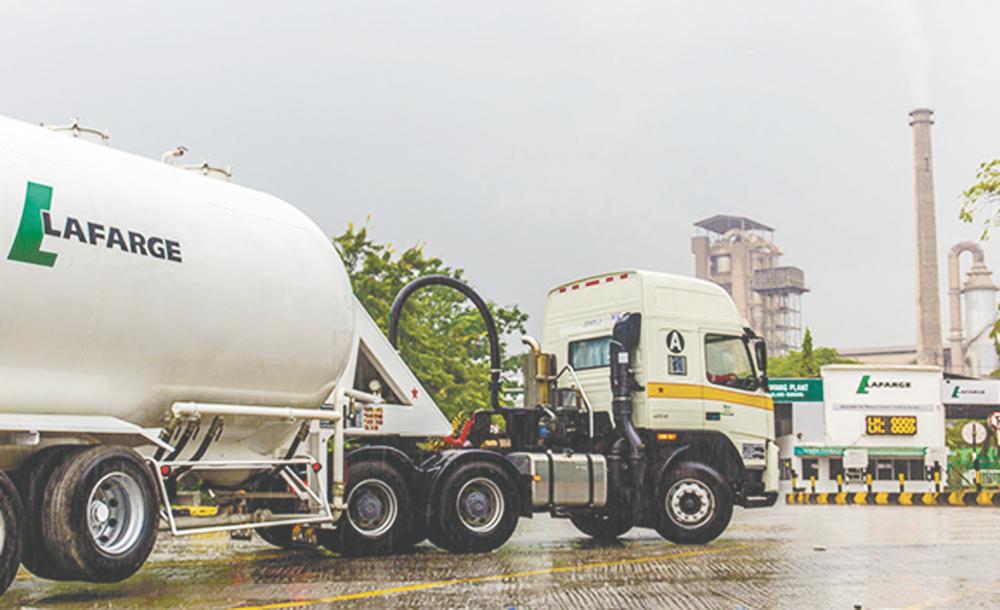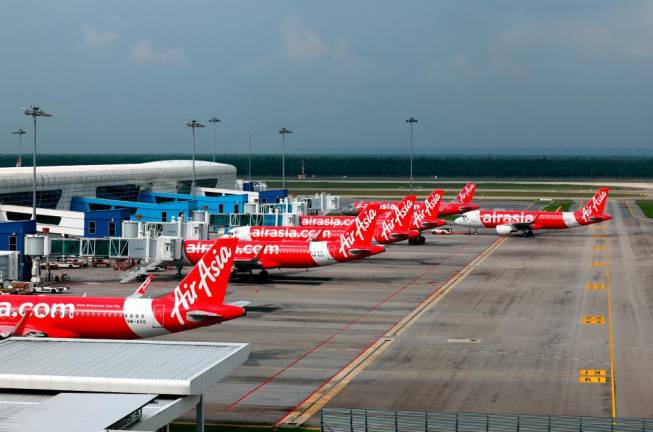PETALING JAYA: While the potential revival of the East Coast Rail Link (ECRL) project is positive to Lafarge Malaysia Bhd, the impact is rather insignificant and the group is expected to see wider net losses in FY19 and FY20, according to AmInvestment Bank.
“We estimate that the project will require about 1–1.3 million tonnes of cement over a construction period of four years, translating to 300,000 tonnes per annum. This is equivalent to only 2% of the annual cement consumption in Peninsular Malaysia currently,“ the research house said in a report today.
Its forecasts have yet to reflect this additional demand for cement from the ECRL project.
“If we do so, Lafarge’s FY20–21 forecast net losses will be reduced by RM13 million each,“ it added.
It was reported that Malaysia is expected to wrap up negotiations with China on the ECRL before the end of this month.
AmInvestment said the outlook for the cement sector in Peninsular Malaysia will remain challenging over the medium-term due to the wide gap between the local demand versus installed capacity.
“We estimate that the local clinker capacity in Peninsular Malaysia now stands at 26 million tonnes, as compared with our projected local demand at only 16 million tonnes in 2019 and 17 million tonnes in 2020. Apart from the hefty capacity cost (depreciation), the absence of pricing power in a glut means players are also unable to pass on higher production cost to end users.”
Based on historical statistics, it estimated that in general, players could only turn profitable when the local demand recovers to 20 million tonnes and above annually.
The research house maintained its “underweight” recommendation for Lafarge Malaysia with a lower fair value of RM1.50 (from RM1.52 previously) based on 0.5 time its book value (its book value has shrunk due to the continued losses in FY18).
This is in line with Lafarge’s price-to-book ratio of 0.5 time during the last trough cycle of the cement sector in Peninsular Malaysia.











